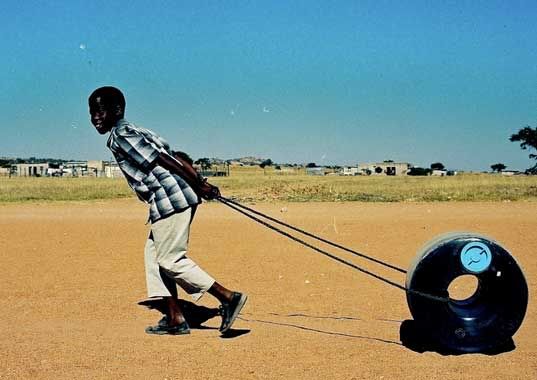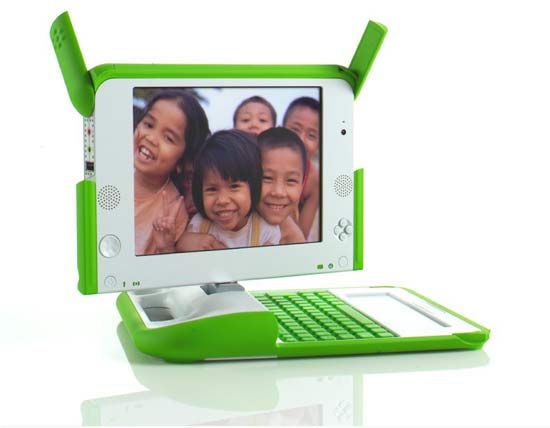
Last week myself and a few colleagues headed down to the Design Museum, to see the Sustainable Futures exhibition – Can Design Save the World? A new exhibition that:
"presents key examples of how design can deliver a more sustainable future. The exhibition examines not only the objects themselves but also the infrastructure in which objects are produced and exist. At a time when designers and architects are under pressure to ‘think green’ and education establishments are placing greater emphasis on sustainability in the curriculum, this exhibition highlights how design can, literally, help save the world."
Can Design Save the World? That’s the question the Design Musuem ’s Sustainable Futures exhibition attempts to answer through examining the objects on display. Taking a selection of projects, existing or are in the making, this exhibition presents key examples of how design can deliver a more sustainable future. The exhibition examines not only the objects themselves but also the infrastructure in which objects are produced and exist. At a time when designers and architects are under pressure to ‘think green’ and education establishments are placing greater emphasis on sustainability in the curriculum, this exhibition highlights how design can, literally, help save the world.
The majority of the products I had heard of or seen online before however it was great to see them for real and hear the history behind the design. This included products such as;
 The life Straw: LifeStraw is a point-of-use water filters designed by the Swiss-based Vestergaard Frandsen for tourists and people living in developing nations. LifeStraw Personal filters a maxium of 700 litres of water, enough for one person for one year. LifeStraw Family filters a maximum of 18,000 litres of water, providing safe drinking water for a family for more than two years. It removes 99.9999% of waterborne bacteria, 99.99% of viruses, and 99.9% of parasites. LifeStraw Personal kills 99.9999% of waterborne bacteria and 98.5% of viruses.
The life Straw: LifeStraw is a point-of-use water filters designed by the Swiss-based Vestergaard Frandsen for tourists and people living in developing nations. LifeStraw Personal filters a maxium of 700 litres of water, enough for one person for one year. LifeStraw Family filters a maximum of 18,000 litres of water, providing safe drinking water for a family for more than two years. It removes 99.9999% of waterborne bacteria, 99.99% of viruses, and 99.9% of parasites. LifeStraw Personal kills 99.9999% of waterborne bacteria and 98.5% of viruses. One laptop per child: OLPC mission is to create educational opportunities for the world's poorest children by providing each child with a rugged, low-cost, low-power, connected laptop with content and software designed for collaborative, joyful, self-empowered learning. When children have access to this type of tool they get engaged in their own education. They learn, share, create, and collaborate. They become connected to each other, to the world and to a brighter future.
One laptop per child: OLPC mission is to create educational opportunities for the world's poorest children by providing each child with a rugged, low-cost, low-power, connected laptop with content and software designed for collaborative, joyful, self-empowered learning. When children have access to this type of tool they get engaged in their own education. They learn, share, create, and collaborate. They become connected to each other, to the world and to a brighter future.Sustainable Futures – Can Design Save the World?, Design Museum, London
31st March 2010 until 5th September 2010
Tom Kelly-Lord
Spinninghat.com







No comments:
Post a Comment